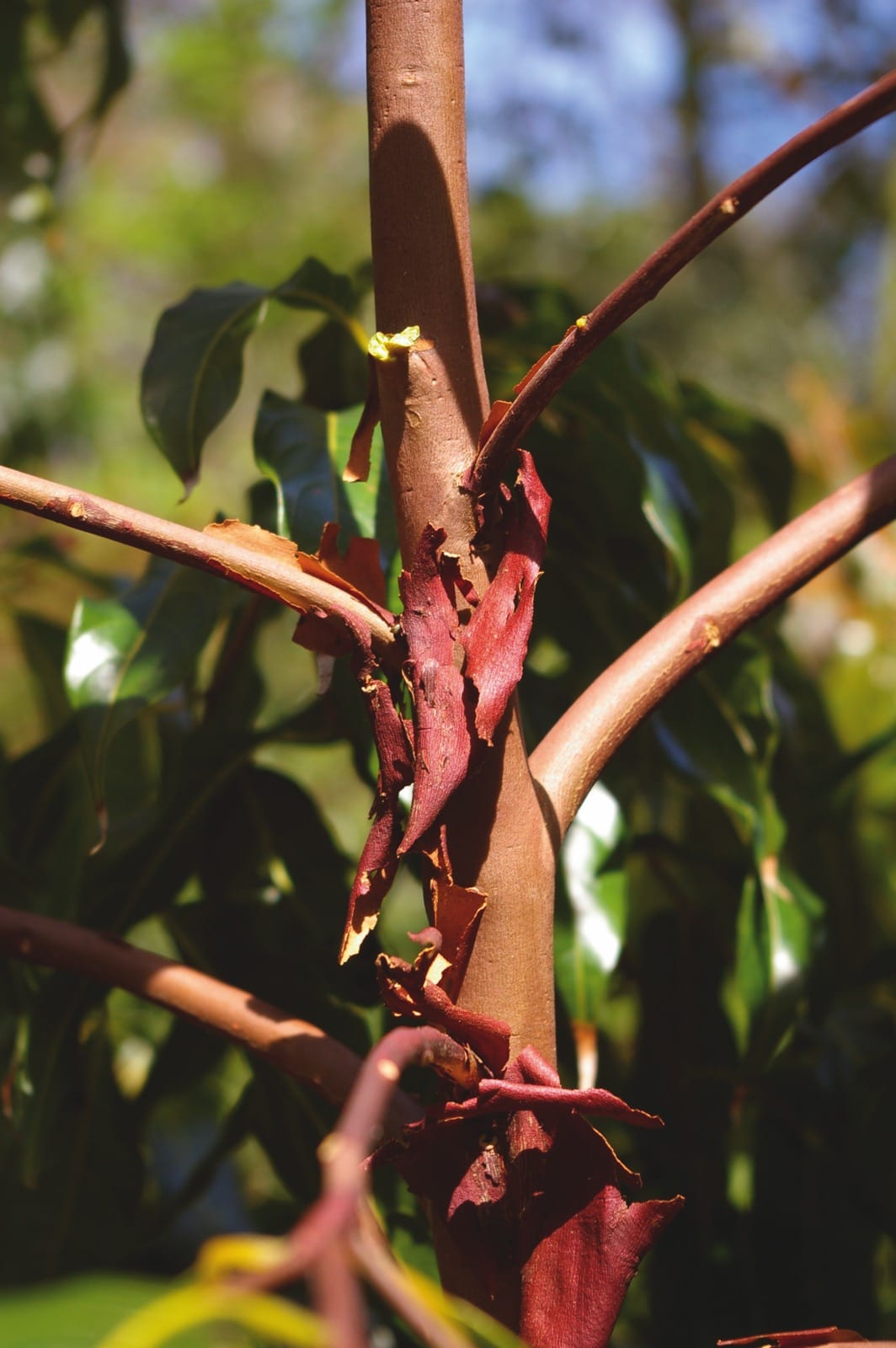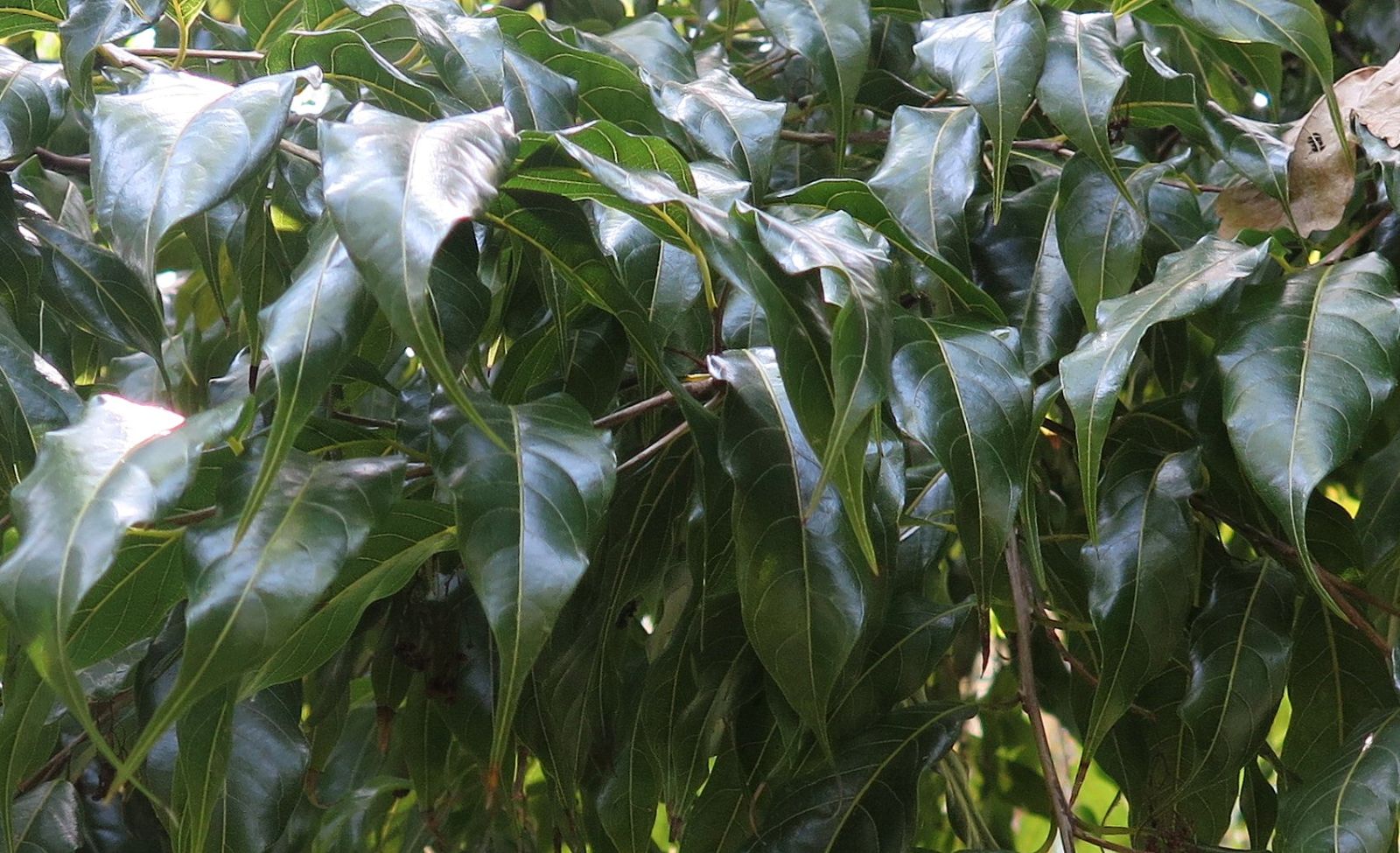Huodendron biaristatum
Sponsor
Kindly sponsored by
Arabella Lennox-Boyd
Credits
Article from New Trees by John Grimshaw & Ross Bayton
Recommended citation
'Huodendron biaristatum' from the website Trees and Shrubs Online (treesandshrubsonline.
Genus
Shrub or tree, usually to 12 m but can reach 20 m or more, 0.25 m dbh. Branchlets tomentose or glabrous. Leaves 5–17 × 2.5–6 cm, elliptic to lanceolate or oblong, upper surface glabrous or with some grey hairs on the midrib, lower surface glabrous except for tufts of hair in the vein axils, 4–9(–11) secondary veins on each side of the midrib, veins impressed above, margins remotely serrate, apex acute, obtuse or acuminate; petiole 0.5–1.5 cm long. Inflorescences terminal or axillary, subcorymbose, 3–10 cm long, grey-tomentose; pedicels ~1 cm long. Flowers yellowish; calyx pubescent, petals narrowly oblong, 0.6–0.9 cm long, stamens 8–10. Capsule ovoid, ~0.5 cm long, densely tomentose. Flowering April to May, fruiting June to October (China). (Hwang & Grimes 1996).
Distribution Myanmar China Guangdong, Guangxi, Guizhou, Hunan, Jiangxi, Yunnan. Thailand Vietnam
Habitat Between 200 and 600 m asl.
USDA Hardiness Zone 9
Conservation status Not evaluated (NE)
Huodendron biaristatum holds considerable promise of being an attractive flowering tree for the garden, having dense clusters of white flowers, even on relatively young plants. A flowering tree in the wild is a spectacular sight (T. Hudson, pers. comm. 2005), so it is to be hoped that it will be hardy enough for wider planting. The most obvious features of the flowers are the long-exserted stamens, as the petals recurve and are quite inconspicuous (R. Lancaster, pers. comm. 2007). The leaves are lanceolate, with long drip-tips, and are a glossy dark green – there is a distinct resemblance to Ficus benjamina! They flush pink in spring (Hudson 2004), and another attractive feature is the rich red-brown bark. Precise dates of introduction are not known for certain, but seed has been offered by the Shanghai Botanic Garden. A tree that has been growing at Tregrehan since 1999 was 3 m tall when seen in 2005 and has been flowering for several years, getting better and better with age (T. Hudson, pers. comm. 2007). It has a wide range in southeastern Asia, but at rather low altitudes, so a particularly warm sheltered site is indicated. When mature it can be a rather large tree: Tom Hudson (pers. comm. 2005) has seen it over 20 m tall in northern Vietnam.



